Kia Picanto vs VW Tiguan – Which car suits you better?
Two cars, one duel: Kia Picanto meets VW Tiguan.
Which one wins in performance, efficiency and value for money? Find out now!
Here’s where it gets real: The technical differences in detail
Costs and Efficiency: Looking at overall running costs, both models reveal some interesting differences in everyday economy.
Kia Picanto has a convincingly advantage in terms of price – it starts at 15300 £, while the VW Tiguan costs 32800 £. That’s a price difference of around 17485 £.
Fuel consumption also shows a difference: the VW Tiguan manages with 0.40 L and is therefore significantly more efficient than the Kia Picanto with 5.60 L. The difference is about 5.20 L per 100 km.
Engine and Performance: Under the bonnet, it becomes clear which model is tuned for sportiness and which one takes the lead when you hit the accelerator.
When it comes to engine power, the VW Tiguan has a significantly edge – offering 272 HP compared to 68 HP. That’s roughly 204 HP more horsepower.
In acceleration from 0 to 100 km/h, the VW Tiguan is clearly quicker – completing the sprint in 5.90 s, while the Kia Picanto takes 14.60 s. That’s about 8.70 s faster.
In terms of top speed, the VW Tiguan performs noticeable better – reaching 242 km/h, while the Kia Picanto tops out at 162 km/h. The difference is around 80 km/h.
There’s also a difference in torque: the VW Tiguan pulls clearly stronger with 400 Nm compared to 96 Nm. That’s about 304 Nm difference.
Space and Everyday Use: Cabin size, boot volume and payload all play a role in everyday practicality. Here, comfort and flexibility make the difference.
Both vehicles offer seating for 5 people.
In curb weight, the Kia Picanto is convincingly lighter – 1124 kg compared to 1599 kg. The difference is around 475 kg.
In terms of boot space, the VW Tiguan offers decisively more room – 652 L compared to 255 L. That’s a difference of about 397 L.
In maximum load capacity, the VW Tiguan performs noticeable better – up to 1650 L, which is about 640 L more than the Kia Picanto.
When it comes to payload, VW Tiguan distinct takes the win – 533 kg compared to 332 kg. That’s a difference of about 201 kg.
All in all, the VW Tiguan shows itself to be dominates this comparison and secures the title of DriveDuel Champion.
It impresses with the more balanced overall package and proves to be the more versatile companion for everyday use.
Kia Picanto
The Kia Picanto is a compact city car that combines practicality with a stylish design, making it an appealing option for urban drivers. Its cleverly designed interior maximises space, providing ample room for passengers and luggage despite its small footprint. With its efficient fuel consumption and easy manoeuvrability, the Picanto is well-suited for navigating through bustling city streets.
details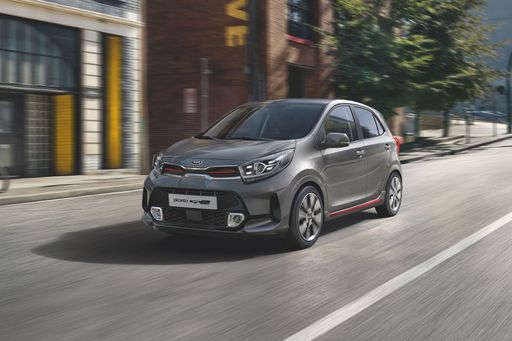 @ press.kia.com
@ press.kia.com
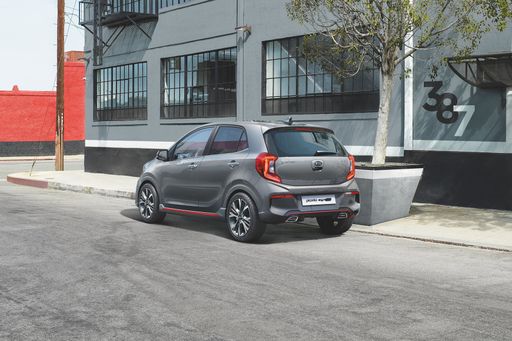 @ press.kia.com
@ press.kia.com
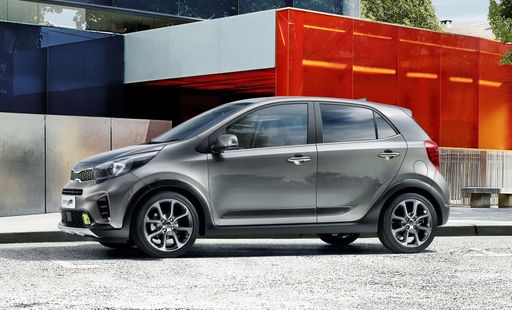 @ press.kia.com
@ press.kia.com
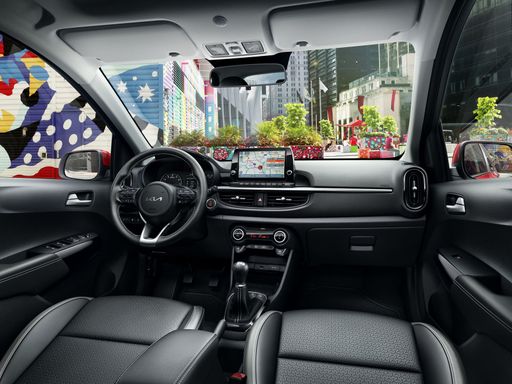 @ press.kia.com
@ press.kia.com
VW Tiguan
The VW Tiguan presents itself as a versatile and practical option in the SUV market, combining a stylish design with a spacious and comfortable interior. It offers a smooth driving experience, making it well-suited for both urban environments and longer journeys. With its focus on safety and innovative technology features, the Tiguan remains a compelling choice for families and adventurers alike.
details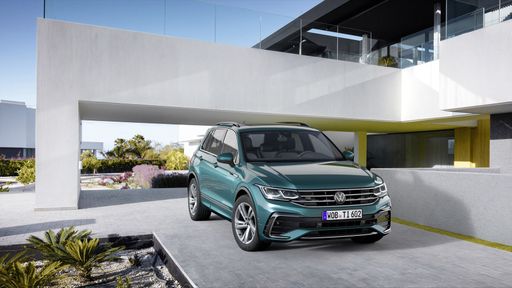 @ Volkswagen
@ Volkswagen
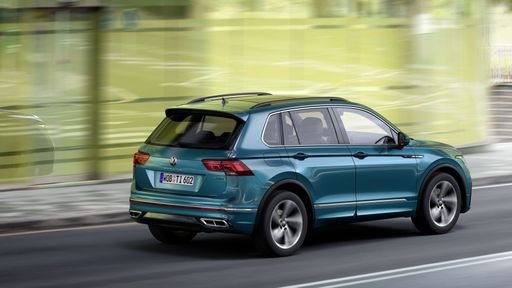 @ Volkswagen
@ Volkswagen
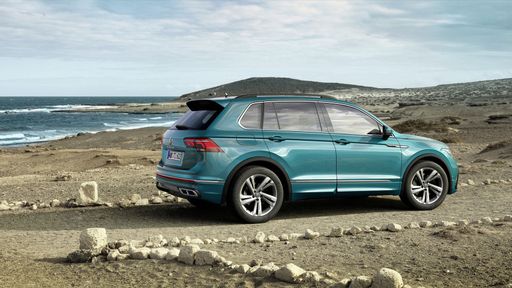 @ Volkswagen
@ Volkswagen
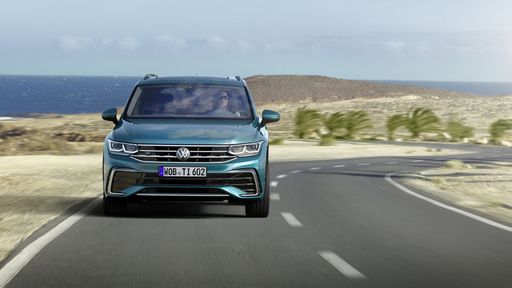 @ Volkswagen
@ Volkswagen
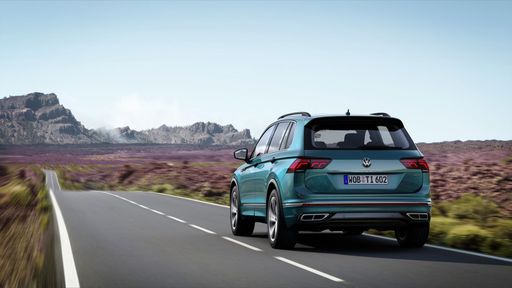 @ Volkswagen
@ Volkswagen
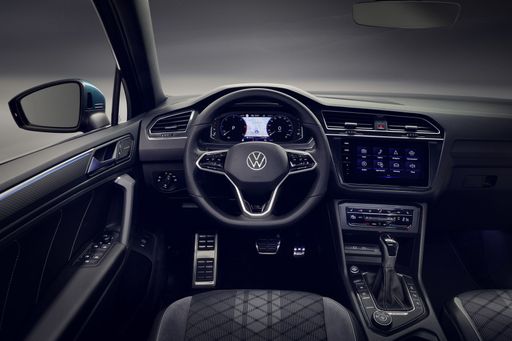 @ Volkswagen
@ Volkswagen

|

|
|
|
|
Costs and Consumption |
|
|---|---|
|
Price
15300 - 19300 £
|
Price
32800 - 51900 £
|
|
Consumption L/100km
5.6 - 5.9 L
|
Consumption L/100km
0.4 - 8.4 L
|
|
Consumption kWh/100km
-
|
Consumption kWh/100km
-
|
|
Electric Range
-
|
Electric Range
119 - 129 km
|
|
Battery Capacity
-
|
Battery Capacity
19.70 kWh
|
|
co2
127 - 135 g/km
|
co2
8 - 190 g/km
|
|
Fuel tank capacity
35 L
|
Fuel tank capacity
45 - 58 L
|
Dimensions and Body |
|
|---|---|
|
Body Type
Hatchback
|
Body Type
SUV
|
|
Seats
4 - 5
|
Seats
5
|
|
Doors
5
|
Doors
5
|
|
Curb weight
1124 - 1131 kg
|
Curb weight
1599 - 1890 kg
|
|
Trunk capacity
255 L
|
Trunk capacity
490 - 652 L
|
|
Length
3605 mm
|
Length
4539 mm
|
|
Width
1595 mm
|
Width
1842 - 1859 mm
|
|
Height
1485 mm
|
Height
1656 - 1658 mm
|
|
Max trunk capacity
1010 L
|
Max trunk capacity
1486 - 1650 L
|
|
Payload
253 - 332 kg
|
Payload
460 - 533 kg
|
Engine and Performance |
|
|---|---|
|
Engine Type
Petrol
|
Engine Type
Plugin Hybrid, Petrol, Petrol MHEV, Diesel
|
|
Transmission
Manuel, Automatic
|
Transmission
Automatic
|
|
Transmission Detail
Manual Gearbox, Automated Manual
|
Transmission Detail
Dual-Clutch Automatic
|
|
Drive Type
Front-Wheel Drive
|
Drive Type
Front-Wheel Drive, All-Wheel Drive
|
|
Power HP
68 HP
|
Power HP
130 - 272 HP
|
|
Acceleration 0-100km/h
14.6 - 17.2 s
|
Acceleration 0-100km/h
5.9 - 10.6 s
|
|
Max Speed
160 - 162 km/h
|
Max Speed
198 - 242 km/h
|
|
Torque
96 Nm
|
Torque
220 - 400 Nm
|
|
Number of Cylinders
3
|
Number of Cylinders
4
|
|
Power kW
50 kW
|
Power kW
96 - 200 kW
|
|
Engine capacity
998 cm3
|
Engine capacity
1498 - 1984 cm3
|
General |
|
|---|---|
|
Model Year
2025
|
Model Year
2024 - 2025
|
|
CO2 Efficiency Class
D
|
CO2 Efficiency Class
B, G, D, E, F
|
|
Brand
Kia
|
Brand
VW
|
What drive types are available for the Kia Picanto?
Available configurations include Front-Wheel Drive.
The prices and data displayed are estimates based on German list prices and may vary by country. This information is not legally binding.
